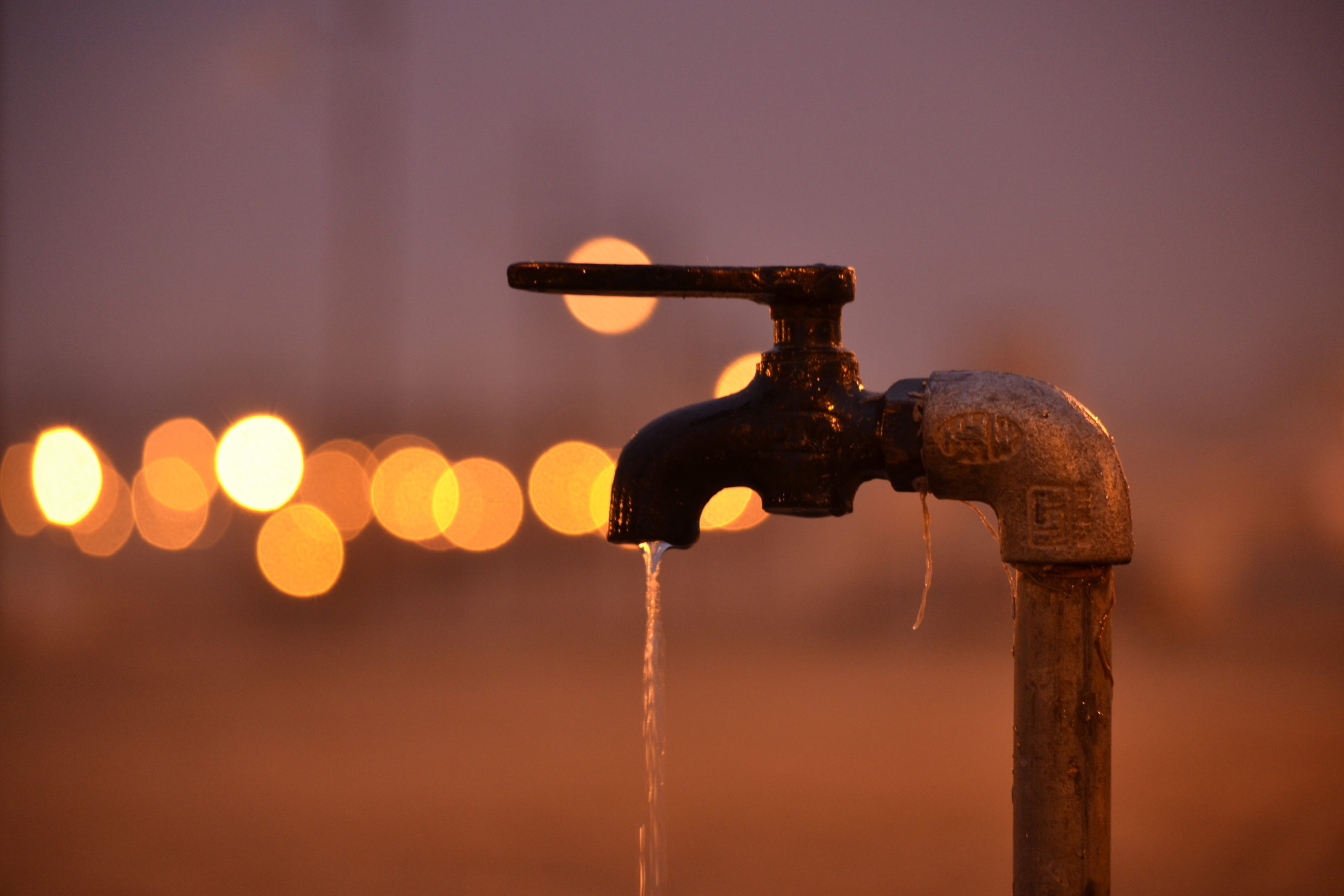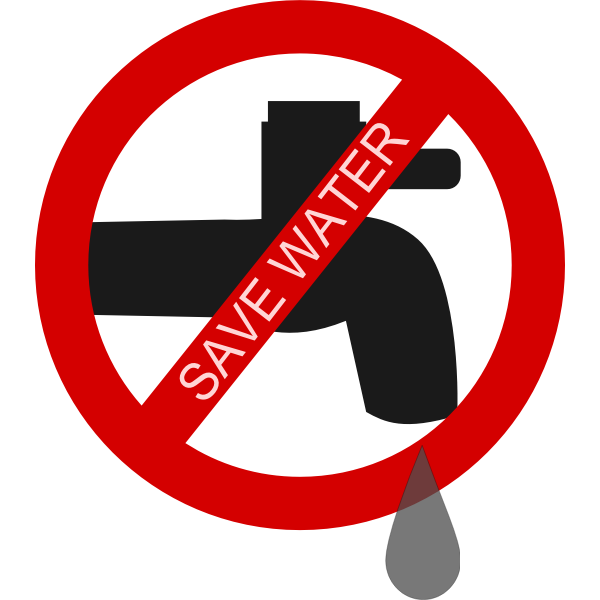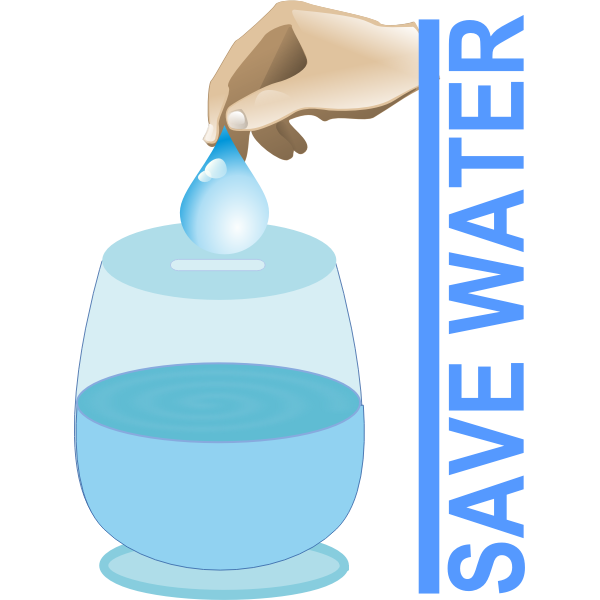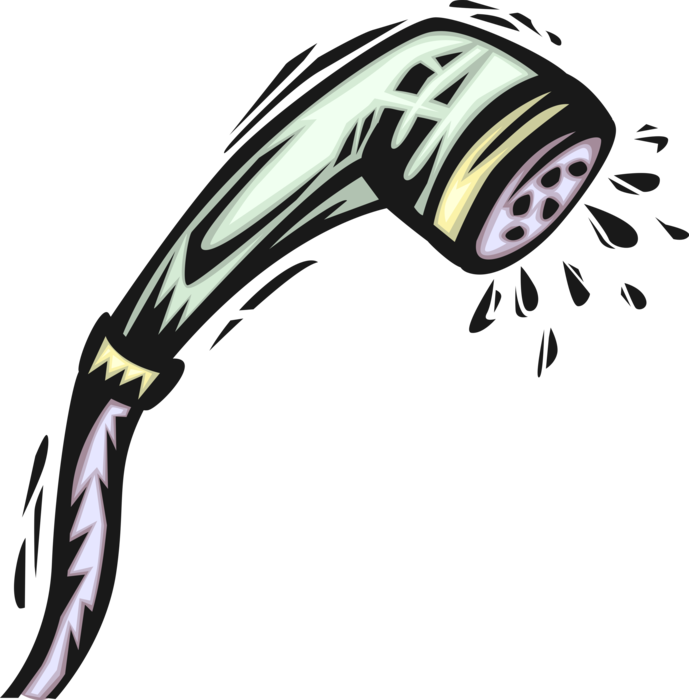The average household uses roughly 94 liters of water per day, per person, and very little of it is actually for our drinking consumption. We mostly use this vital resource to wash ourselves, our clothes and our belongings, and also to flush our toilets. This article looks at ways where we can cut down on our water wastage:

1. Take a shower instead of a bath
A bath uses over 100 liters of water, that will eventually be evacuated. While long, luxurious bubble baths can be fun, and in some cases, even essential for our peace of mind, try to minimize them. Instead, opt for a short shower. In addition to saving water, you use less energy because you need to heat less water.
2. Use an economical shower head
An energy-saving showerhead consumes 6 liters per minute, or even less if you’re efficient under the shower (it rinses well even if it consumes less).
3. Flush less water down the toilet
The toilet uses the most water in the house. To save water, you can replace the flush with a two-button flush. A small one for small pees (3 liters) and a large one for big pees (6 liters). This requires buying a new flush.
4. Fix Any Leaks
To determine if there are leaks in the house, read the water meter at night before going to bed (do not run the washing machine or dishwasher that night, nor get up to pee) and compare the value with that of the following day. Usually, the numbers should be the same. If they are not, there is a leak. The only thing to do is to identify where the leak is.
5. Don’t let the water run unnecessarily
If you wash your dishes by hand, leaving the water running can consume up to 200 liters per dish. It is more economical to fill both bowls in the sink.
Turn off the tap when brushing your teeth. You can also use a cup, and this will save you about 10 liters.
Turn off the water in the shower when soaping up. Every minute without water saves several liters.

6. Choose water-saving appliances
If you are a homeowner, fitting your shower with a thermostatic mixer is a good idea. The hot water comes out faster and you save a few liters of water per shower.
When you buy big appliances (washing machines, dishwashers…), pay attention to their water consumption. The best dishwashers use less than 10 liters of water per cycle (the consumption is written on the energy label, even if it is water). And of course, you should only run them when they are full.
7. Water sparingly
You can also save water in the garden:
Replace the garden hose with a watering can;
Waterless often but for more extended periods to allow the soil to become deeply moistened. Rotating watering with alternating jets allows for “soft” watering too.
Make sure that the soil is loose enough and worked. This allows for more efficient watering since water runs off on a compacted soil;
in the vegetable garden or in the flower beds, cover the soil between the plants with straw, grass clippings, leaves, etc., to help retain water;
water in the evening to avoid waste due to evaporation (it is warmer during the day) and evapotranspiration (steam released by plants).
8. Use rainwater
Drinking water is only necessary for 5% of our water consumption, and for the rest, we can use rainwater. Depending on the use (toilet, washing machine, shower, or even kitchen), the level of filtration will be different. You should find out beforehand so as not to make any mistakes. This advice is only for homeowners…
Water is essential, so use it wisely. Let us know in the comments what you do at home to avoid water wastage…



